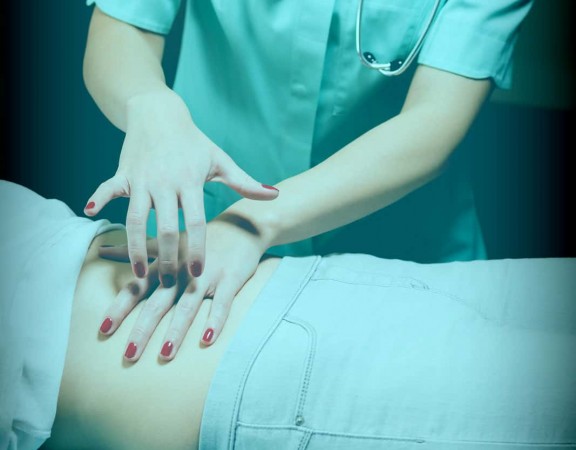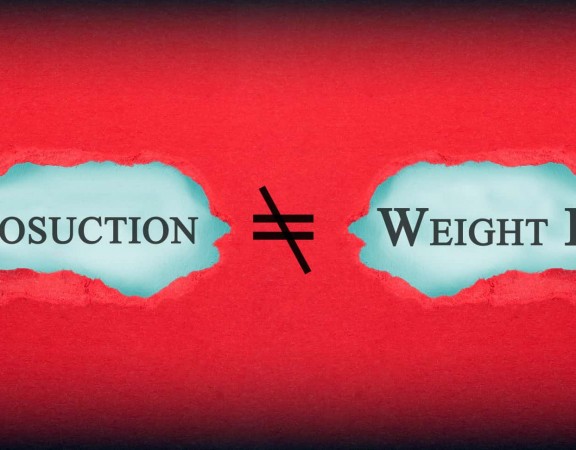
Although liposuction has been around for many years, many people still think it is mainly a weight loss treatment. While liposuction is great for reducing small areas of localized fat, it should only be used to recontour areas of the body and not as a weight loss solution. When considering any cosmetic procedure, patients should have realistic expectations and an understanding of what the procedure can and can’t do. Asking plenty of questions will help you make sure that liposuction is the right choice for you.
Here are some of the most commonly asked questions about liposuction:
How Do I Know If My Body Type Is Right for Liposuction?
Liposuction provides the best results when a person is within 30% of their ideal body weight with small areas of stubborn fat that are resistant to diet and exercise. Your skin should be firm with good muscle tone as liposuction may not be appropriate for patients with excess or loose skin. Since liposuction is designed to recontour areas of the body, an overweight person may need to consider an alternative procedure such as a tummy tuck.
How Much Fat Can Be Removed by Liposuction?
Liposuction can safely remove up to 10 pounds of fat and fluids during a single surgical session. However, this does not mean you will lose 10 pounds of fat since blood and other bodily fluids contribute to that total number. The surgeon will decide how much fat can be removed after doing a consultation appointment with you. Certain states have regulations for the amount of fat which can be removed via liposuction during an outpatient setting as opposed to a hospital stay.
Will Liposuction Cause Me to Have Loose Skin after the Procedure?
After losing weight, the skin tends to become a little laxer since it has become stretched. Younger patients, and those who are in good shape, tend to have better skin elasticity and gain the best results. All patients will be fitted with a compression garment after liposuction to maintain the swelling and help the skin retract. Unfortunately, the skin does not retract well for some patients and they have loose skin after liposuction. In this case, you may want to consider laser skin tightening therapy to help the skin retract.
Can Liposuction Remove My Stretchmarks?
Liposuction cannot reduce or remove stretchmarks. If you are concerned with the appearance of stretchmarks, you may want to consider microdermabrasion or laser stretchmark treatments.
Does Liposuction Cause or Treat Cellulite?
Despite what some people believe, liposuction doesn’t cause or treat cellulite. It can cause genetically predisposed cellulite to appear more prominent. If cellulite is an issue for you, schedule a non-invasive skin tightening treatment following liposuction to help lessen the appearance of cellulite. Additionally, uneven fat removal by an unskilled surgeon can result in the appearance of cellulite via dimpling. Choosing a qualified plastic surgeon can lessen the possibility of side effects and risks.
Is Liposuction Good for the Heart?
Per a study by the American Society of Plastic Surgeons, liposuction may benefit the heart. The study showed that 3 months after liposuction, triglyceride levels (fat found in the blood) decreased by an average of 43%. High triglyceride levels are known to intensify the risk of cardiovascular disease. In addition, white blood counts went down by an average of 11%. These results show that liposuction can improve inflammation, diabetes and coronary heart disease.
-SP




